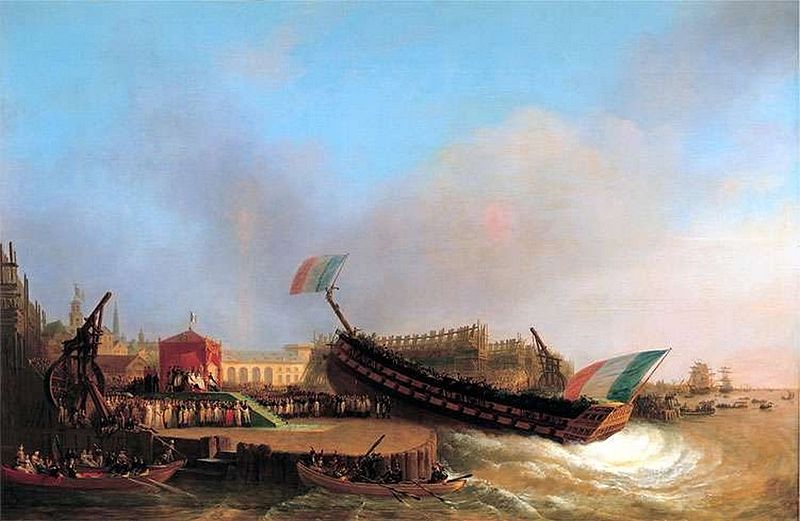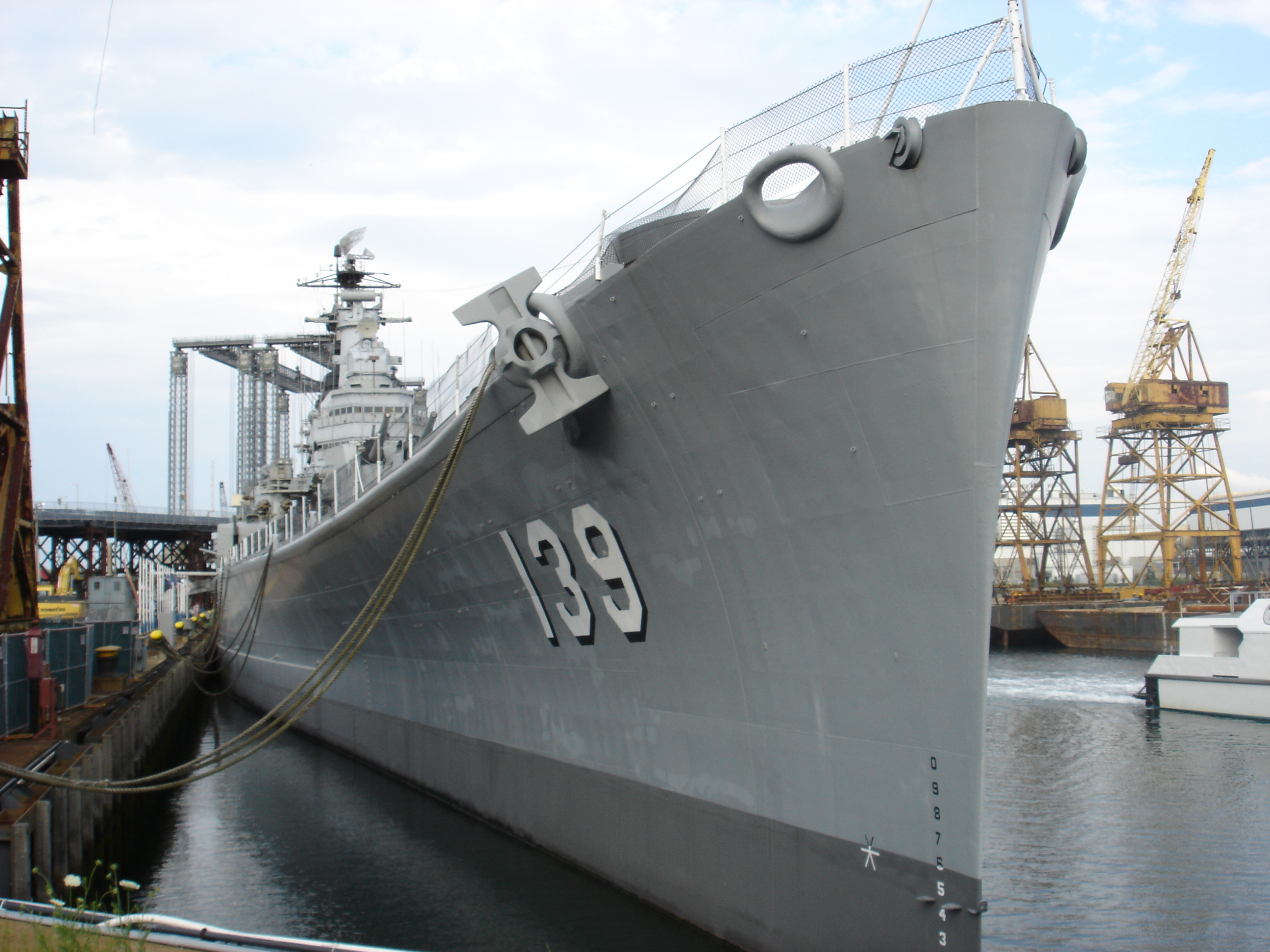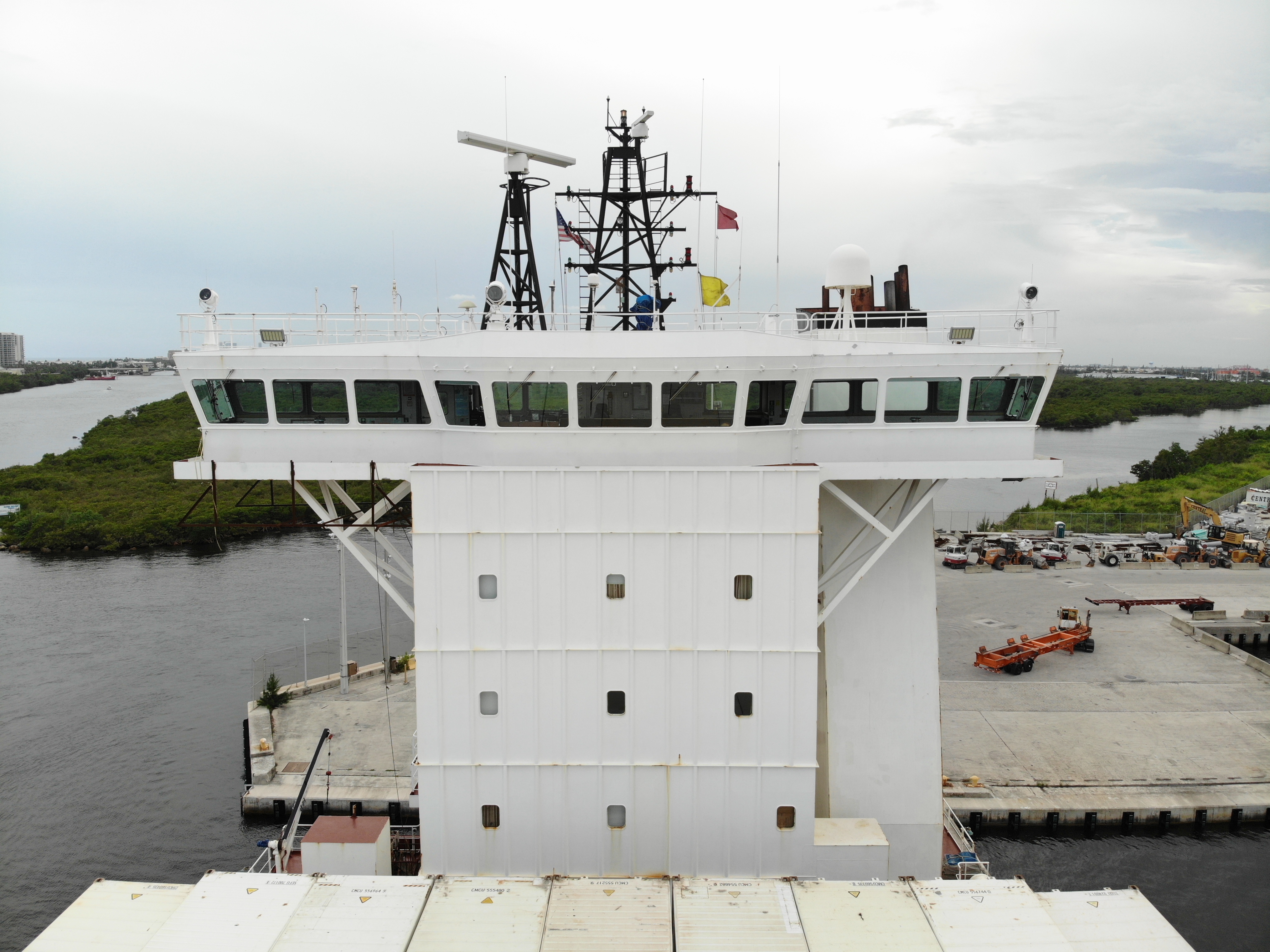|
HMS Shearwater (1900)
HMS ''Shearwater'' was a sloop launched in 1900. She served on the Pacific Station and in 1915 was transferred to the Royal Canadian Navy as HMCS ''Shearwater'', serving as a submarine depot ship until 1919. She was sold to the Western Shipping Company in May 1922 and renamed ''Vedas''. Construction and design ''Shearwater'' was laid down at Sheerness Dockyard on 1 February 1899, and floated out of dock when she was launched on 10 February 1900 by Lady Bowden-Smith, wife of Sir Nathaniel Bowden-Smith, Commander-in-Chief, The Nore. The ship had a length overall of and was between perpendiculars. ''Shearwater'' had a beam of and a draught of .Winfield (2004) pp. 278–279. The ship displaced 980 tons and had a complement of 130.Chesneau and Kolesnik, p. 60. The ''Condor'' class was constructed of steel to a design by William White, the Royal Navy Director of Naval Construction. The bridge was located on the poop deck and the ships were designed with a clipper bow and a ... [...More Info...] [...Related Items...] OR: [Wikipedia] [Google] [Baidu] |
Ship Naming And Launching
Ceremonial ship launching involves the performance of ceremonies associated with the process of transferring a vessel to the water. It is a nautical tradition in many cultures, dating back thousands of years, to accompany the physical process with ceremonies which have been observed as public celebration and a solemn blessing, usually but not always, in association with the launch itself. Ship launching imposes stresses on the ship not met during normal operation and, in addition to the size and weight of the vessel, represents a considerable engineering challenge as well as a public spectacle. The process also involves many traditions intended to invite good luck, such as christening by breaking a sacrificial bottle of champagne over the bow as the ship is named aloud and launched. Methods There are three principal methods of conveying a new ship from building site to water, only two of which are called "launching". The oldest, most familiar, and most widely used is t ... [...More Info...] [...Related Items...] OR: [Wikipedia] [Google] [Baidu] |
Barque
A barque, barc, or bark is a type of sailing vessel with three or more masts having the fore- and mainmasts rigged square and only the mizzen (the aftmost mast) rigged fore and aft. Sometimes, the mizzen is only partly fore-and-aft rigged, bearing a square-rigged sail above. Etymology The word "barque" entered English via the French term, which in turn came from the Latin ''barca'' by way of Occitan, Catalan, Spanish, or Italian. The Latin ''barca'' may stem from Celtic ''barc'' (per Thurneysen) or Greek ''baris'' (per Diez), a term for an Egyptian boat. The ''Oxford English Dictionary'', however, considers the latter improbable. The word ''barc'' appears to have come from Celtic languages. The form adopted by English, perhaps from Irish, was "bark", while that adopted by Latin as ''barca'' very early, which gave rise to the French ''barge'' and ''barque''. In Latin, Spanish, and Italian, the term ''barca'' refers to a small boat, not a full-sized ship. French infl ... [...More Info...] [...Related Items...] OR: [Wikipedia] [Google] [Baidu] |
Belleville Boiler
There have been a vast number of designs of steam boiler, particularly towards the end of the 19th century when the technology was evolving rapidly. A great many of these took the names of their originators or primary manufacturers, rather than a more descriptive name. Some large manufacturers also made boilers of several types. Accordingly, it is difficult to identify their technical aspects from merely their name. This list presents these known, notable names and a brief description of their main characteristics. See also * Glossary of boiler terminology Boilers for generating steam or hot water have been designed in countless shapes, sizes and configurations. An extensive terminology has evolved to describe their common features. This glossary provides definitions for these terms. Terms which r ... A B C D E F G H I J K L M N O P R S T V W Y References *{{cite book , title=Marine ... [...More Info...] [...Related Items...] OR: [Wikipedia] [Google] [Baidu] |
Vertical Triple Expansion
A compound steam engine unit is a type of steam engine where steam is expanded in two or more stages. A typical arrangement for a compound engine is that the steam is first expanded in a high-pressure ''(HP)'' cylinder, then having given up heat and losing pressure, it exhausts directly into one or more larger-volume low-pressure ''(LP)'' cylinders. Multiple-expansion engines employ additional cylinders, of progressively lower pressure, to extract further energy from the steam. Invented in 1781, this technique was first employed on a Cornish beam engine in 1804. Around 1850, compound engines were first introduced into Lancashire textile mills. Compound systems There are many compound systems and configurations, but there are two basic types, according to how HP and LP piston strokes are phased and hence whether the HP exhaust is able to pass directly from HP to LP ( Woolf compounds) or whether pressure fluctuation necessitates an intermediate "buffer" space in the form of a s ... [...More Info...] [...Related Items...] OR: [Wikipedia] [Google] [Baidu] |
Bow (ship)
The bow () is the forward part of the hull of a ship or boat, the point that is usually most forward when the vessel is underway. The aft end of the boat is the stern. Prow may be used as a synonym for bow or it may mean the forward-most part of the bow above the waterline. Function A ship's bow should be designed to enable the hull to pass efficiently through the water. Bow shapes vary according to the speed of the boat, the seas or waterways being navigated, and the vessel's function. Where sea conditions are likely to promote pitching, it is useful if the bow provides reserve buoyancy; a flared bow (a raked stem with flared topsides) is ideal to reduce the amount of water shipped over the bow. Ideally, the bow should reduce the resistance and should be tall enough to prevent water from regularly washing over the top of it. Large commercial barges on inland waterways rarely meet big waves and may have remarkably little freeboard at the bow, whereas fast military ve ... [...More Info...] [...Related Items...] OR: [Wikipedia] [Google] [Baidu] |
Poop Deck
In naval architecture, a poop deck is a deck that forms the roof of a cabin built in the rear, or "aft", part of the superstructure of a ship. The name originates from the French word for stern, ''la poupe'', from Latin ''puppis''. Thus the poop deck is technically a stern deck, which in sailing ships was usually elevated as the roof of the stern or "after" cabin, also known as the "poop cabin". On sailing ships, the helmsman would steer the craft from the quarterdeck, immediately in front of the poop deck. At the stern, the poop deck provides an elevated position ideal for observation. On modern, motorized warships, the ship functions which were once carried out on the poop deck have been moved to the bridge A bridge is a structure built to span a physical obstacle (such as a body of water, valley, road, or rail) without blocking the way underneath. It is constructed for the purpose of providing passage over the obstacle, which is usually somethi ..., usually loca ... [...More Info...] [...Related Items...] OR: [Wikipedia] [Google] [Baidu] |
Bridge (nautical)
The interior of the bridge of the Sikuliaq'', docked in Ketchikan, Alaska file:Wheelhouse of Leao Dos Mares.jpg, Wheelhouse on a tugboat, topped with a flying bridge The bridge, also known as the pilothouse or wheelhouse, is a room or platform of a ship from which the ship can be commanded. When a ship is under way, the bridge is manned by an officer of the watch aided usually by an able seaman acting as a lookout. During critical maneuvers the captain will be on the bridge, often supported by an officer of the watch, an able seaman on the wheel and sometimes a pilot, if required. History and etymology The compass platform of a British destroyer in the Second_World_War.html" ;"title="Battle of the Atlantic during the Second World War">Battle of the Atlantic during the Second World War with central binnacle and the voice pipes to belowdecks There are many terms for parts of a ship with functions similar to a bridge. Depending upon the design and layout of a ship, some ... [...More Info...] [...Related Items...] OR: [Wikipedia] [Google] [Baidu] |
Director Of Naval Construction
The Director of Naval Construction (DNC) also known as the Department of the Director of Naval Construction and Directorate of Naval Construction and originally known as the Chief Constructor of the Navy was a senior principal civil officer responsible to the Board of Admiralty for the design and construction of the warships of the Royal Navy. From 1883 onwards he was also head of the Royal Corps of Naval Constructors, the naval architects who staffed his department from 1860 to 1966. The (D.N.C.'s) modern equivalent is Director Ships in the Defence Equipment and Support organisation of the Ministry of Defence. History The post evolved from the office of the ''Assistant Surveyor of the Navy'' (1832-1859) In 1860 the ''Assistant Surveyor'' was renamed ''Chief Constructor'' the post lasted until 1875 when it was renamed to the ''Director of Naval Construction''. The chief constructor was originally head of the Royal Corps of Naval Constructors and members of the corps were respons ... [...More Info...] [...Related Items...] OR: [Wikipedia] [Google] [Baidu] |
William Henry White
Sir William Henry White, (2 February 1845 – 27 February 1913) was a prolific British warship designer and Chief Constructor at the Admiralty. Biography White was born in Devonport, the son of Robert White, a currier, and his wife, Jane Matthews. He became an apprentice at the naval dockyard there in 1859. In 1863, he obtained a scholarship to enter the newly formed Royal School of Naval Architecture in South Kensington, in London. After his apprenticeship he worked for the Admiralty on specifications and calculations for new ships, and became secretary to the then Chief Constructor of the Admiralty, Edward Reed, until the latter's resignation on 9 July 1870. He was then appointed instructor on naval design at the Royal School of Naval Architecture, and in 1872 became secretary of the Council of Construction which oversaw all Royal Navy ship construction. From 1872–1873 he worked at Pembroke and Portsmouth Dockyards. In March 1875 he was promoted to Assistan ... [...More Info...] [...Related Items...] OR: [Wikipedia] [Google] [Baidu] |
Displacement (ship)
The displacement or displacement tonnage of a ship is its weight. As the term indicates, it is measured indirectly, using Archimedes' principle, by first calculating the volume of water displaced by the ship, then converting that value into weight. Traditionally, various measurement rules have been in use, giving various measures in long tons. Today, tonnes are more commonly used. Ship displacement varies by a vessel's degree of load, from its empty weight as designed (known as "lightweight tonnage") to its maximum load. Numerous specific terms are used to describe varying levels of load and trim, detailed below. Ship displacement should not be confused with measurements of volume or capacity typically used for commercial vessels and measured by tonnage: net tonnage and gross tonnage. Calculation The process of determining a vessel's displacement begins with measuring its draft.George, 2005. p.5. This is accomplished by means of its "draft marks" (or "load lines"). A ... [...More Info...] [...Related Items...] OR: [Wikipedia] [Google] [Baidu] |
Draft (ship)
The draft or draught of a ship's hull is the vertical distance between the waterline and the bottom of the hull ( keel). The draught of the vessel is the maximum depth of any part of the vessel, including appendages such as rudders, propellers and drop keels if deployed. Draft determines the minimum depth of water a ship or boat can safely navigate. The related term air draft is the maximum height of any part of the vessel above the water. The more heavily a vessel is loaded, the deeper it sinks into the water, and the greater its draft. After construction, the shipyard creates a table showing how much water the vessel displaces based on its draft and the density of the water (salt or fresh). The draft can also be used to determine the weight of cargo on board by calculating the total displacement of water, accounting for the content of the ship's bunkers, and using Archimedes' principle. The closely related term "trim" is defined as the difference between the forward and ... [...More Info...] [...Related Items...] OR: [Wikipedia] [Google] [Baidu] |



.jpg)



.jpg)
